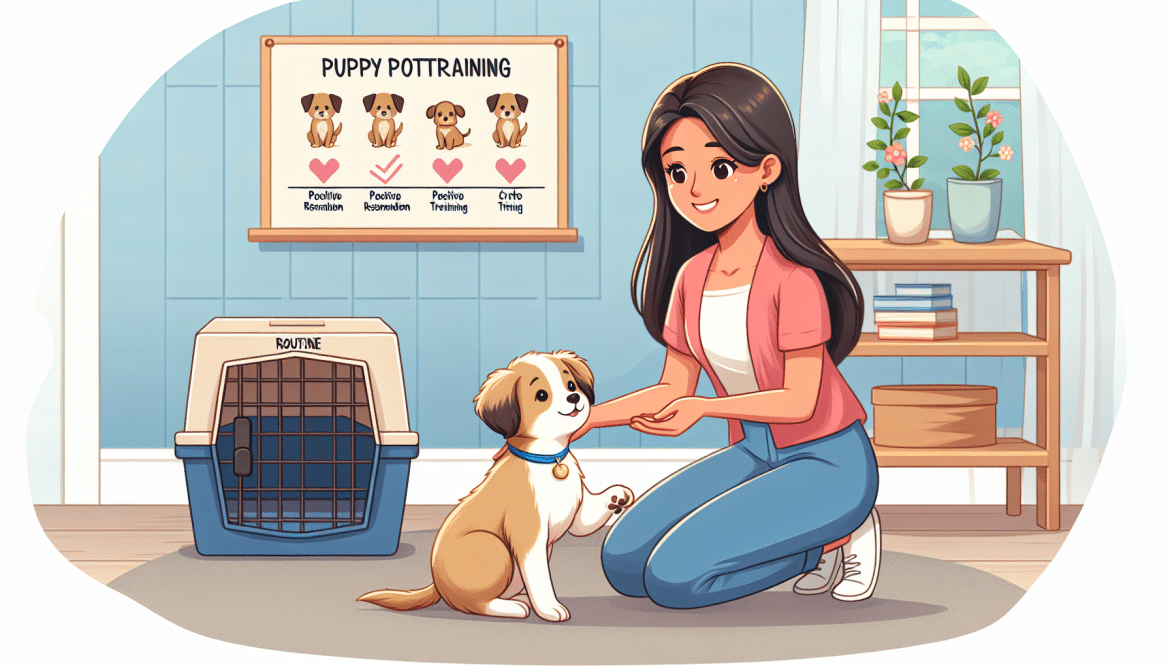Ready to say goodbye to those messy accidents and hello to a house-trained pup? Look no further than "The Ultimate Guide to Puppy Potty Training." This comprehensive guide is your go-to resource for all things potty training, from the essential kits you'll need to step-by-step instructions on how to effectively train your furry friend. Say goodbye to the stress and frustration of cleaning up after your puppy and say hello to a well-trained, happy pup who knows exactly where to do their business.
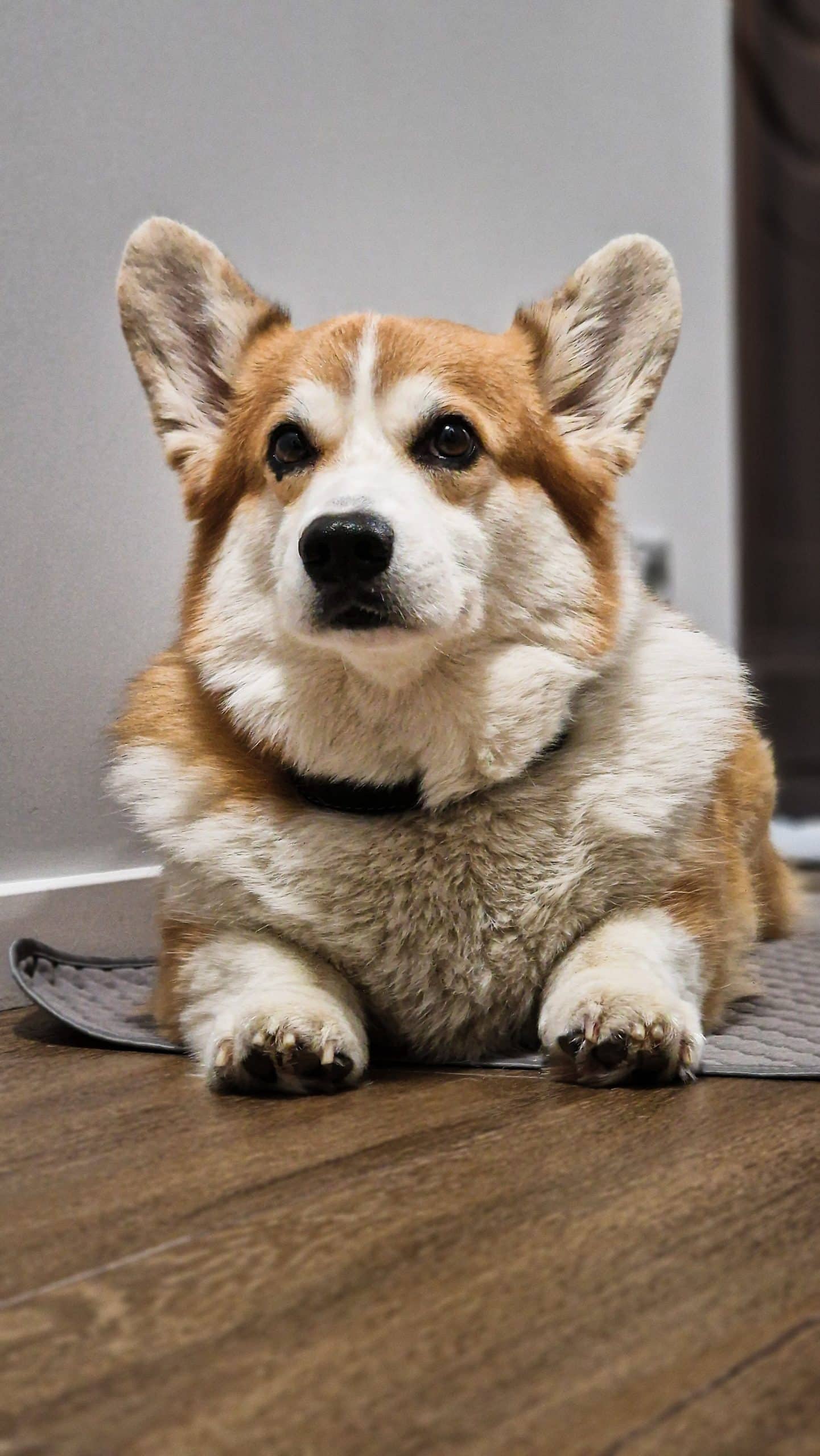
This image is property of images.pexels.com.
Understanding Puppy Potty Training
Potty training is an essential part of raising a happy and well-behaved puppy. Not only does it prevent accidents in the house, but it also helps establish good habits that will benefit your pup throughout their life. By properly understanding the ins and outs of puppy potty training, you can set the foundation for a successful training journey.
Why is potty training important?
Potty training is important for several reasons. Firstly, it helps maintain cleanliness and hygiene in your home. Nobody wants to constantly be cleaning up after their furry friend! Secondly, it promotes good behavior and discipline. When your puppy learns where and when to go potty, they become more obedient and respectful of your home. Lastly, potty training strengthens the bond between you and your pup. By working together and celebrating successes, you build trust and create a positive training experience.
When to start potty training
The best time to start potty training your puppy is around 12 to 16 weeks of age. At this stage, they have better bladder control and are more receptive to learning. However, keep in mind that every puppy is different, and some may be ready earlier or later than others. It's important to observe your puppy's behavior and readiness cues to determine if they are ready to begin potty training.
Factors that affect potty training
Several factors can affect the success of your puppy's potty training journey. One such factor is breed. Different breeds have different temperaments and may require different approaches to training. Another factor is consistency. Establishing a consistent routine and using the same methods throughout the training process enhances your puppy's understanding and helps them develop good habits. Additionally, your puppy's environment and previous experiences can impact their potty training progress. Understanding these factors allows you to tailor your training approach to your puppy's specific needs.
Preparing for Puppy Potty Training
Before diving into potty training, it's essential to set yourself up for success. By preparing ahead of time, you can create a conducive environment that supports effective training.
Choosing the right potty training method
There are various potty training methods to choose from, including crate training, paper training, litter box training, and outdoor potty training. Each method has its pros and cons, and it's important to consider your lifestyle, living situation, and the specific needs of your puppy when deciding which method to use. It may also be beneficial to consult with a professional trainer or your veterinarian to determine the best approach for your pup.
Gathering essential supplies
To make the potty training process smoother, it's important to gather the necessary supplies. These may include a crate or designated potty area, pee pads or newspaper, cleaning supplies for accidents, treats for positive reinforcement, and a leash for outdoor training. Having these supplies readily available will help you stay organized and provide your puppy with everything they need during the training process.
Creating a designated potty area
Designating a specific area for your puppy to go potty is crucial for effective training. This area should be easily accessible and easily cleaned. Whether you choose to use a pee pad indoors or designate a spot in your yard for outdoor potty training, consistency is key. By repeatedly using the same spot, your puppy will start associating it with potty time, making the training process more effective and efficient.
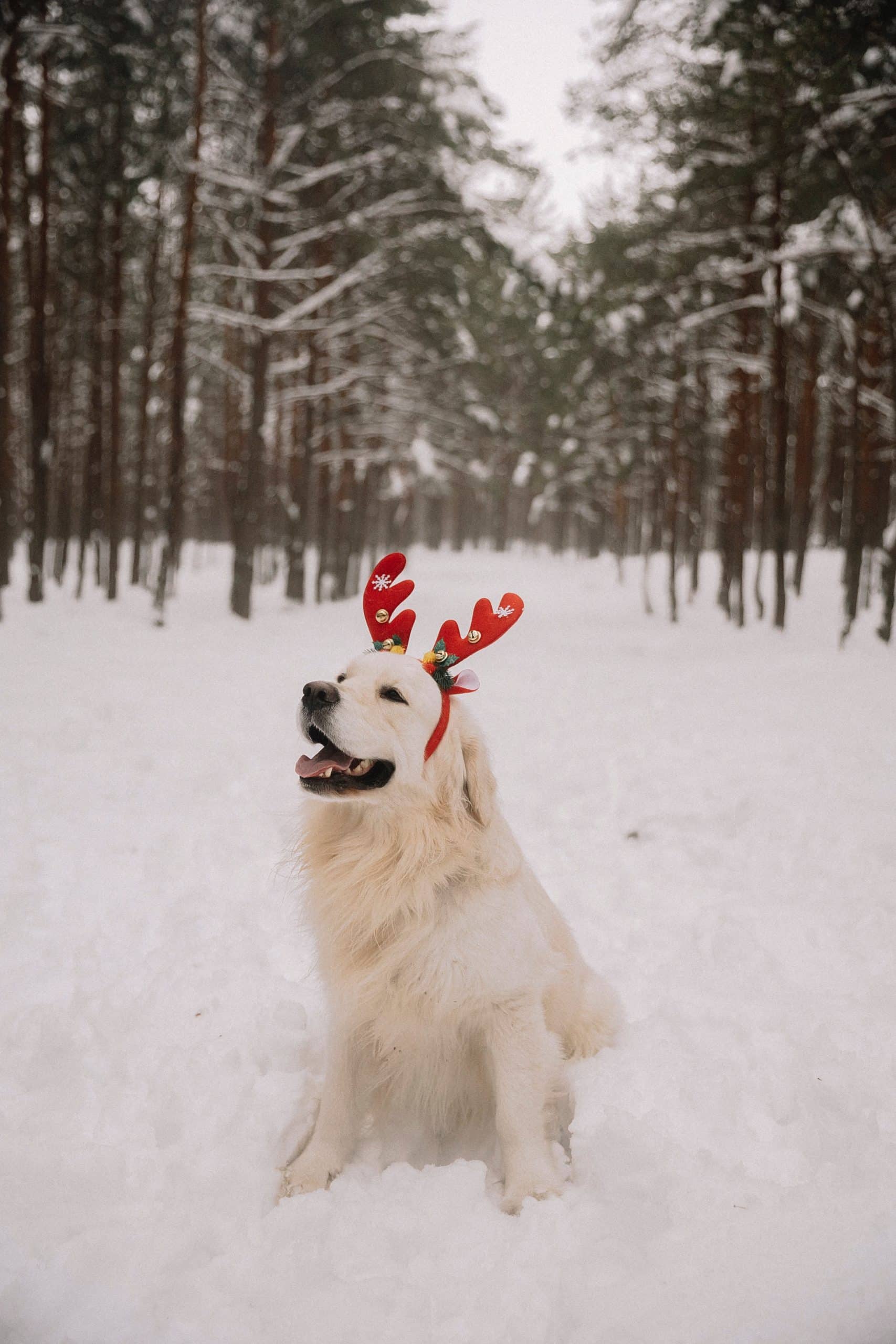
This image is property of images.pexels.com.
Step-by-Step Puppy Potty Training Process
Once you've prepared and set up your puppy's training space, it's time to delve into the step-by-step potty training process. Following these steps will help your pup develop good habits and understand the expectations of where and when to go potty.
Establishing a routine
Establishing a consistent routine is crucial for successful potty training. Dogs thrive on routine, and by taking them out to their designated potty area at regular intervals, you set them up for success. Start by taking your puppy out first thing in the morning, after meals, after naps, and before bedtime. Gradually increase the time between potty breaks as your puppy gains better bladder control.
Introducing the puppy to the potty area
When introducing your puppy to their potty area, it's important to make it a positive experience. Take them to the designated area on a leash and use a verbal cue, such as "go potty" or "do your business." Wait patiently for them to eliminate, and once they do, offer praise and treats as rewards. This positive reinforcement helps your puppy understand that going in the designated area is a behavior worth repeating.
Using positive reinforcement
Positive reinforcement is a powerful tool in potty training. Whenever your puppy successfully goes potty in the designated area, shower them with praise, treats, and affection. This positive reinforcement strengthens the connection between the desired behavior and the reward, making it more likely for your puppy to repeat the behavior in the future. Consistency and enthusiasm in your praise are key to building this association effectively.
Dealing with accidents
Accidents are a natural part of the potty training process, and it's important to handle them with patience and understanding. When you catch your puppy in the act of having an accident, calmly interrupt them with a verbal cue or clap your hands to startle them. Immediately take them to their designated potty area, and if they finish eliminating there, reward them with praise and treats. Avoid scolding or punishing your puppy for accidents, as this can create fear and hinder the potty training progress. Instead, focus on remaining consistent and reinforcing positive behaviors.
Methods for Puppy Potty Training
There are several methods to choose from when it comes to potty training your puppy. Understanding these methods can help you choose the one that aligns with your preferences and your puppy's needs.
Crate training
Crate training involves using a crate as a safe and comfortable space for your puppy when you cannot directly supervise them. Many puppies instinctively avoid soiling their sleeping space, making crate training an effective potty training method. Gradually introduce your puppy to the crate, using positive reinforcement to create a positive association. Keep your puppy in the crate for short periods, gradually increasing the time as they become more comfortable. Take them to their designated potty area immediately after letting them out of the crate.
Paper training
Paper training involves using newspaper or pee pads as an indoor potty area. This method is particularly useful for people living in apartments or areas with limited access to outdoor spaces. Start by designating a specific area with the pee pads or newspaper. Use verbal cues and positive reinforcement to encourage your puppy to eliminate in that area. Gradually reduce the size of the papered area as your puppy starts consistently using it. Eventually, you can transition to outdoor potty training.
Litter box training
Litter box training is similar to paper training but involves using a litter box instead of pee pads or newspaper. This method is commonly used for small dog breeds or for owners who prefer an indoor potty solution. Introduce your puppy to the litter box by placing them in it after meals or naps, and encourage them to eliminate there using verbal cues. Ensure that the litter box is cleaned regularly to maintain cleanliness and hygiene.
Outdoor potty training
Outdoor potty training is often the ultimate goal for most dog owners. This method involves teaching your puppy to eliminate outside in a designated area. Take your puppy to the designated spot on a leash, use verbal cues to prompt them to go potty, and reward them when they do. Gradually extend the time between potty breaks as your puppy gains better bladder control and can hold their urine for longer periods. Regular walks and outdoor playtime can also help reinforce the connection between going outside and potty time.
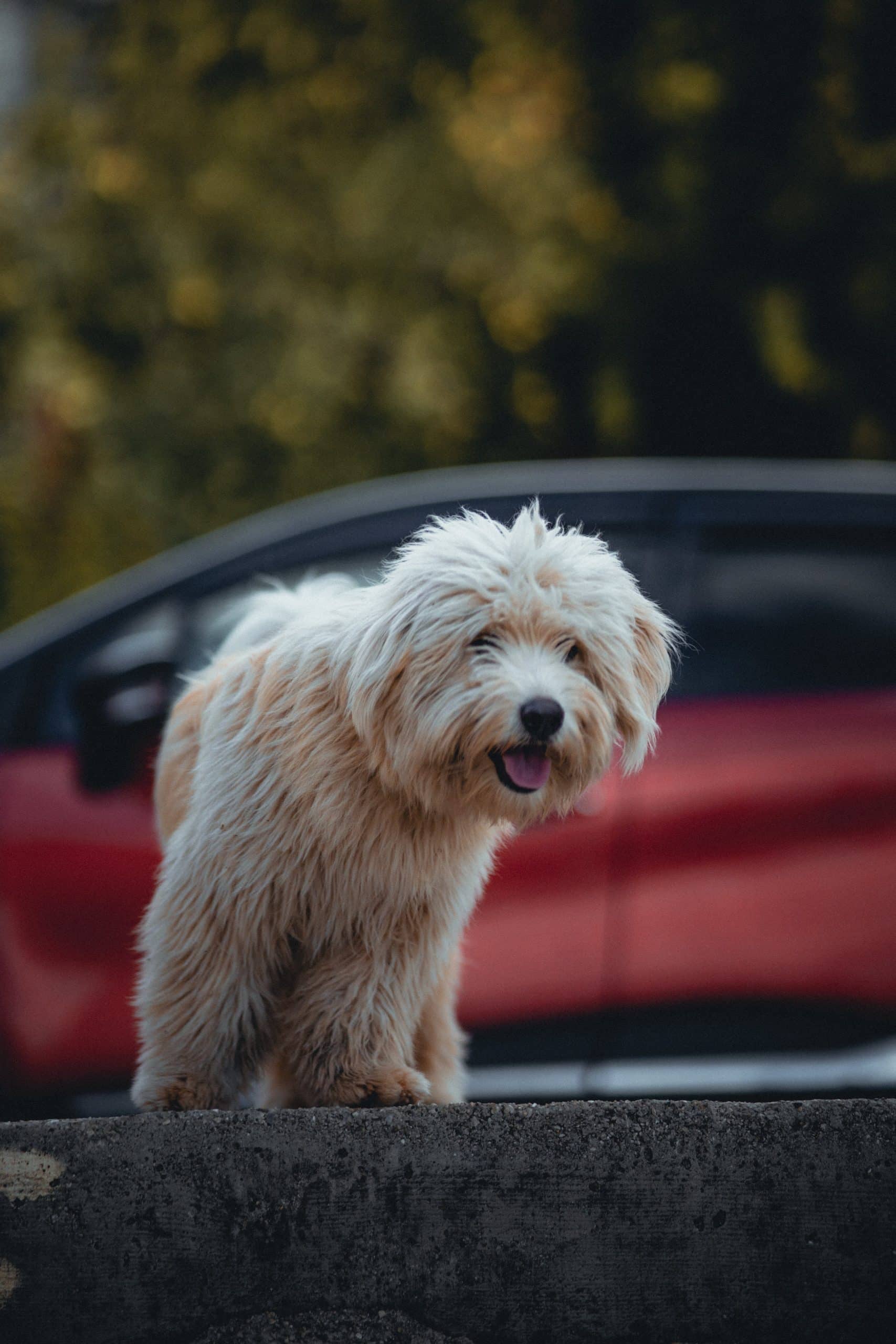
This image is property of images.pexels.com.
Tips for Successful Puppy Potty Training
While every puppy is unique, there are some general tips that can help make your potty training journey smoother and more successful.
Consistency is key
Consistency is crucial in potty training. Stick to a consistent routine, use the same methods, and provide your puppy with clear expectations. By being consistent, you avoid confusing your puppy and help them develop a routine and understanding of where and when to go potty.
Maintaining a regular feeding schedule
Maintaining a regular feeding schedule helps regulate your puppy's digestion and potty habits. Feed your puppy at consistent times throughout the day and avoid leaving food out all day. By establishing a regular feeding schedule, you can predict when your puppy may need to go potty and plan accordingly.
Monitoring water intake
Monitoring your puppy's water intake is important in managing their potty training. Offer water at regular intervals and ensure they have enough to stay hydrated, but avoid overfilling their water bowl. By monitoring their water intake, you can anticipate when they may need to go potty and prevent accidents.
Recognizing signs of needing to potty
Learn to recognize your puppy's signs of needing to go potty. These signs may include sniffing the ground, circling, whining, or suddenly becoming restless. By being attentive to these cues, you can quickly respond and take your puppy to their designated potty area, minimizing the chances of accidents.
Puppy Potty Training Do's and Don'ts
When potty training your puppy, it's important to follow certain do's and don'ts to ensure a positive and effective training experience.
Do: Use positive reinforcement
Positive reinforcement is one of the most effective ways to train your puppy. Praise, treats, and affection go a long way in reinforcing desired behaviors. Use positive reinforcement consistently when your puppy goes potty in the designated area, as this encourages them to repeat the behavior.
Don't: Punish or scold your puppy
Punishing or scolding your puppy for accidents or mistakes during potty training can have detrimental effects on their progress. It creates fear and anxiety, hindering their ability to learn and understand the desired behavior. Instead, focus on positive reinforcement and redirecting your puppy to the designated potty area.
Do: Establish a potty command
Establishing a potty command helps your puppy associate a specific action with going potty. Choose a simple and consistent cue, such as "go potty" or "do your business," and use it every time you take your puppy to their designated potty area. Over time, they will associate the command with the behavior you want them to perform.
Don't: Freely leave water and food out all day
Leaving water and food out all day can disrupt your puppy's potty training. It makes it harder to predict when they may need to go potty and can lead to more accidents. Instead, establish regular mealtimes and monitor water intake to create a predictable and manageable potty routine.
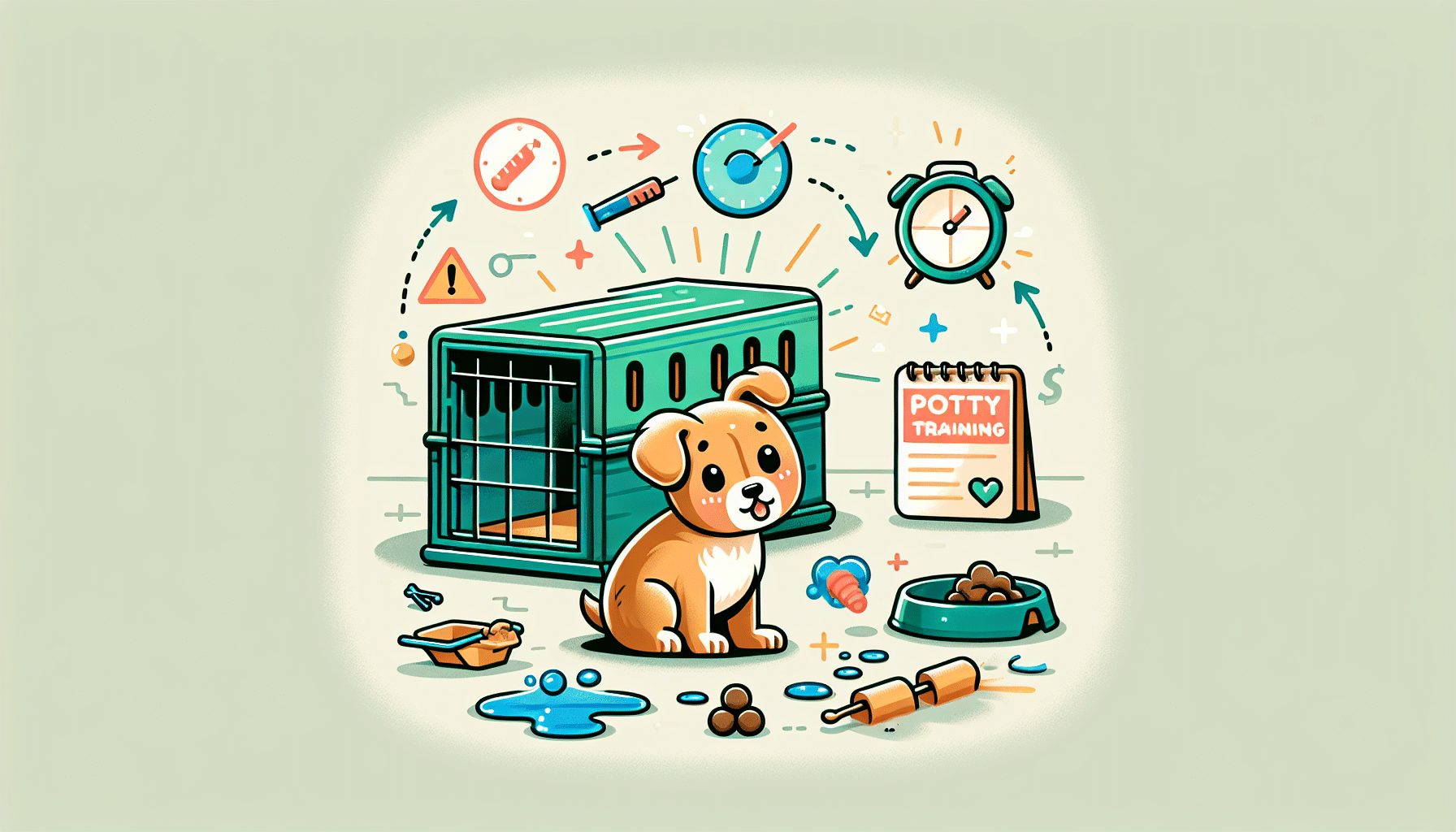
Potty Training Challenges and Solutions
While potty training can be a relatively smooth process, there may be challenges along the way. Understanding and addressing these challenges can help you overcome obstacles and continue progressing in your puppy's potty training journey.
Puppy separation anxiety and its impact on potty training
Separation anxiety can make potty training more challenging. When puppies feel anxious or stressed when left alone, they may have accidents as a result. To address this, gradually desensitize your puppy to being alone and provide appropriate mental and physical stimulation. Consider crate training as a way to create a safe and secure space for your puppy.
Differentiating between potty and playtime
Sometimes puppies may confuse potty time with playtime, leading to accidents. To differentiate between the two, establish clear boundaries and routines. Take your puppy directly to the designated potty area without engaging in play until they have eliminated. If they don't go potty, bring them back inside and try again later.
Addressing marking behavior
Marking behavior, where puppies leave small amounts of urine to mark their territory, can be a challenge during potty training. To address this, supervise your puppy closely and interrupt any marking behavior with a verbal cue or clap. Immediately take them to their designated potty area and reward them for going there. Consistency and reinforcement of potty training basics can help minimize marking behavior.
Troubleshooting Common Potty Training Problems
Even with the best intentions and efforts, potty training problems may still arise. It's important to troubleshoot and address these problems promptly to prevent setbacks in your puppy's training progress.
Frequent accidents
If your puppy is having frequent accidents, it may be a sign that they are not fully understanding the potty training process or that there may be an underlying medical issue. Review your training methods and rule out any health concerns. Consider consulting with a professional trainer or your veterinarian for further guidance.
Regressing in potty training
Sometimes puppies may regress in their potty training progress. This can happen due to changes in routine, changes in the household, or stress. Revisit the basics of potty training, reinforce consistency, and provide reassurance and patience. Gradually reintroduce previous training elements and monitor your puppy's progress.
Fear or aversion to the potty area
If your puppy shows fear or aversion to the designated potty area, it may be necessary to reassess the environment and the training methods used. Ensure that the area is clean, comfortable, and easily accessible. Consider using different types of substrate, such as grass or pee pads, if your puppy seems hesitant. Patience and positive reinforcement can help build confidence and overcome fear.
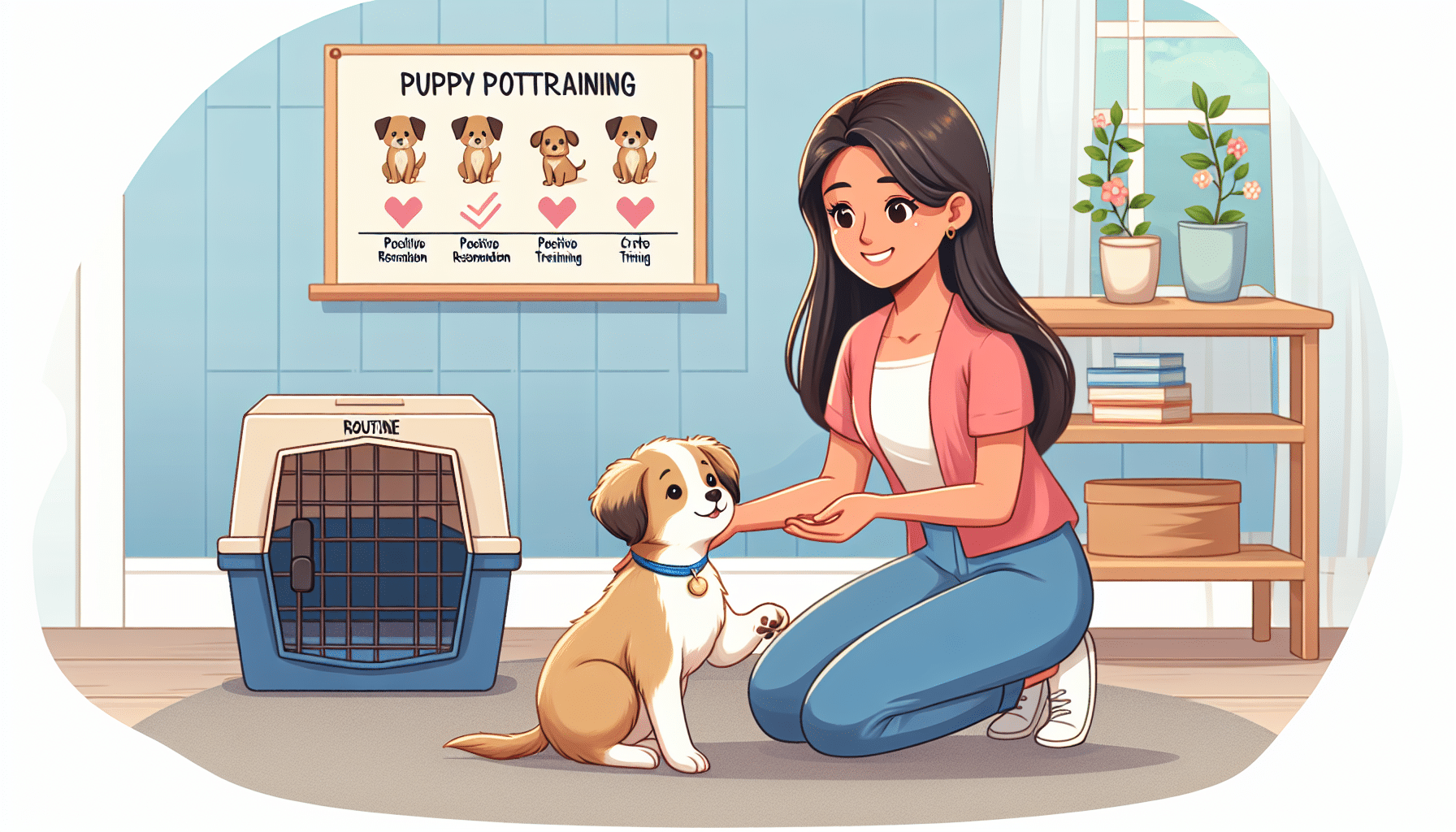
Potty Training for Specific Breeds and Sizes
Different breeds and sizes of puppies may require different approaches to potty training. Tailoring your training methods to your puppy's specific needs can help maximize their success.
Toy and small breeds
Toy and small breeds have smaller bladders and may require more frequent potty breaks. Their size also allows for easier indoor potty training using methods like paper training or litter box training. Pay attention to their individual needs and adjust the timing and frequency of potty breaks accordingly.
Medium and large breeds
Medium and large breeds may have better bladder control and may be able to hold their urine for longer periods. Outdoor potty training is often the preferred method for these breeds. However, it's still important to provide regular opportunities for bathroom breaks and maintain a consistent routine.
Apartment and urban living
Living in an apartment or urban environment presents unique challenges for potty training. Paper training or litter box training may be more suitable for these situations. Additionally, ensuring easy access to designated potty areas, such as balcony grass patches or nearby dog parks, can help facilitate outdoor potty training.
Senior puppies
Senior puppies may have physical limitations that require adjustments to the potty training routine. They may struggle with bladder control or mobility, making frequent potty breaks necessary. Be patient and understanding with senior puppies, and consider consulting with your veterinarian for any specific guidance or accommodations.
Potty Training Graduation and Beyond
As your puppy progresses in their potty training, it's important to gradually transition them to more independence and outdoor-only potty habits.
Gradually extending time between potty breaks
As your puppy gains better bladder control, gradually extend the time between potty breaks. This allows them to learn to hold their urine for longer periods and become accustomed to a more regular potty schedule.
Transitioning to outdoor-only potty
The ultimate goal for potty training is to transition your puppy to outdoor-only potty habits. Once your puppy consistently goes potty in the designated outdoor area, you can start limiting their access to indoor bathroom options. Monitor their behavior closely during this transition and provide positive reinforcement for successful outdoor potty trips.
Maintaining a consistent schedule
Even after potty training graduation, it's important to maintain a consistent potty schedule for your dog. Regular bathroom breaks throughout the day help prevent accidents and reinforce good habits. Dogs thrive on routine, so sticking to a consistent schedule will contribute to your dog's overall well-being and obedience.
By following these steps, tips, and guidelines, you can pave the way for successful puppy potty training. Remember to be patient, consistent, and positive throughout the process. With time, effort, and plenty of praise, your puppy will become a potty training pro in no time!

